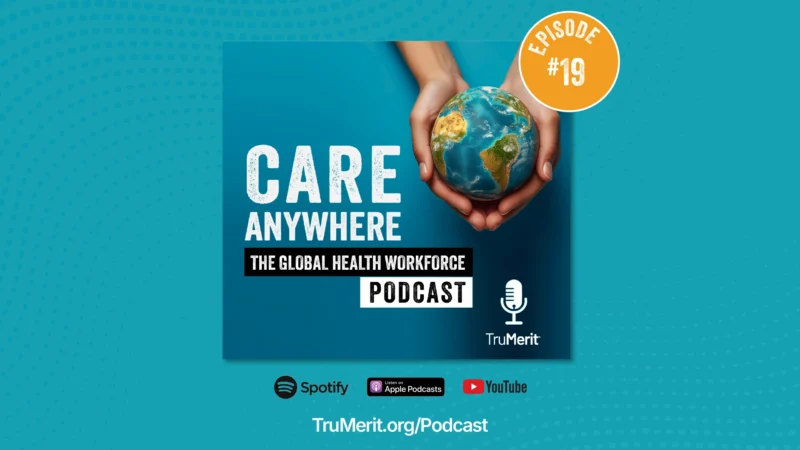What Emergencies Happen in Dental Offices And How To Prevent Them
Visits to the dentist’s office are already stressful enough, without considering the emergencies that can and do happen in routine dental procedures. Allergic reactions, fainting, asthma attacks, and even heart attacks are not entirely uncommon, explains guest Damon Matlon, Product Manager for HealthFirst. Marketscale’s Healthcare Podcast explores how dental offices prepare for these emergencies with guest Matlon. The consequences of having unprepared emergency kits can be grave, but Matlon divulges a simple solution to the problem.
What’s more, the annual one-time fee includes free online courses and trainings on their medical kits, eligible for CE credits. The course covers administering the medications in the kit, including emergency oxygen. Other courses, like bloodborne pathogens training, the blood born pathogen, keep office staff learned in on top of mandatory skills and knowledge.
Dental offices can take this task off their plate with the aid of HealthFirst’s Practice Partner Program. With just one flat yearly fee, HealthFirst provides up-to-date medical kits to dental offices all over the country. HealthFirst tracks and replenishes these drugs, staying atop recalls and expirations and sourcing drugs from safe suppliers in the pharmaceutical supply chain.
What’s more, the one-time fee includes free online courses and trainings on their medical kits, eligible for CE credits. The course covers administering the medications in the kit, including emergency oxygen. Other courses, like the blood born pathogen, keep office staff learned in mandatory skills and knowledge.
For the latest news, videos, and podcasts in the Healthcare Industry, be sure to subscribe to our industry publication.
Follow us on social media for the latest updates in B2B!
Twitter – @MarketScale
Facebook – facebook.com/marketscale
LinkedIn – linkedin.com/company/marketscale



